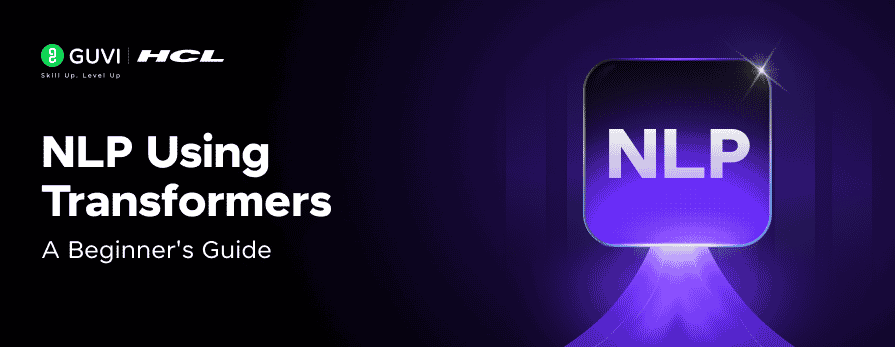
NLP Using Transformers: A Beginner’s Guide [2025]
Sep 10, 2025 3 Min Read 1387 Views
(Last Updated)
Natural Language Processing (NLP), a vital subfield of Artificial Intelligence (AI), allows computers to understand, interpret, and generate human language. While traditional NLP methods relied on RNNs and LSTMs, the rise of transformer-based architectures revolutionized the field by enabling parallel processing, better context understanding, and superior performance.
Mastering NLP has become an essential skill in today’s tech world, but it’s not easy to get started. That’s what I’m here for! At the forefront of this revolution is Hugging Face’s Transformers library—an open-source powerhouse that puts state-of-the-art NLP capabilities within your reach, even if you’re just starting.
In this guide, you’ll discover how NLP and transformers work, why Hugging Face’s open-source Transformers library is a game-changer, and how to use pre-trained models like BERT and GPT‑2 to build powerful NLP applications. Let’s begin!
Table of contents
- What is Natural Language Processing (NLP)?
- Why Is It Essential to Learn NLP Today?
- What Are Transformers in NLP?
- Hugging Face’s Transformers
- Time to Implement: Sentiment Analysis using Transformer
- Behind the Pipeline of Pre-Trained Models
- Use Cases of Transformers in NLP
- Pros & Cons of Transformers
- Concluding Thoughts…
What is Natural Language Processing (NLP)?
Natural Language Processing (NLP) is a subfield of Artificial Intelligence that enables machines to understand, interpret, and generate human language. Whether it’s voice assistants understanding your questions, chatbots responding intelligently, or software translating languages, NLP bridges the gap between human communication and computer comprehension.
![NLP Using Transformers: A Beginner's Guide [2025] 1 What is Natural Language Processing NLP @2x](https://www.guvi.in/blog/wp-content/uploads/2025/07/What-is-Natural-Language-Processing-NLP_@2x-1200x630.png)
It powers applications and NLP projects like sentiment analysis, machine translation, speech recognition, and text summarization, making it one of the most impactful AI technologies in today’s digital world.
Why Is It Essential to Learn NLP Today?
With the explosion of unstructured data—emails, social media, customer reviews—NLP has become the backbone of modern AI applications. Here’s why you should start learning it now:
![NLP Using Transformers: A Beginner's Guide [2025] 2 Why Is It Essential to Learn NLP Today](https://www.guvi.in/blog/wp-content/uploads/2025/07/Why-Is-It-Essential-to-Learn-NLP-Today_-1200x628.png)
- High Demand: NLP engineers are among the most sought-after AI professionals globally.
- Versatile Use Cases: Powers chatbots, recommendation engines, virtual assistants, and more.
- Rise of Conversational AI: NLP is core to voice-tech (Alexa, Siri) and supports automation.
- Data-Driven Insights: Transforms raw text into valuable business intelligence.
- Global Impact: Used in healthcare (clinical data), finance (fraud detection), law (document analysis), and education (language tools).
What Are Transformers in NLP?
Transformers are deep learning models introduced in the landmark 2017 paper, “Attention is All You Need.” Unlike sequential models like RNNs, transformers process all tokens in a sentence simultaneously using a mechanism called self-attention, enabling better contextual understanding and faster training.
![NLP Using Transformers: A Beginner's Guide [2025] 3 What Are Transformers in NLP](https://www.guvi.in/blog/wp-content/uploads/2025/07/What-Are-Transformers-in-NLP_-1200x628.png)
Popular transformer-based models include:
- BERT – Best for text classification and question answering
- GPT-2/GPT-3 – Ideal for text generation (ChatGPT)
- RoBERTa – Robustly optimized BERT approach
- DistilBERT – Lightweight, faster BERT variant
- XLNet – Combines autoregressive modeling with permutation-based training
These transformers have unique usage in Natural Language Processing, for example, BERT is used for sentiment analysis, question-answering, text-summarization, etc, and GPT-2 is used for Natural Language Generation (NLG). Transformers uses these three most popular deep learning libraries: Jax, PyTorch, and TensorFlow.
Hugging Face’s Transformers
Hugging Face is a start-up AI community. The company provides open-source NLP technologies and thousands of pre-trained models that we can use for Natural Language Processing. The Transformer is the dominant architecture for natural language processing alternative to neural models.
Transformers is an open-source library consisting of carefully engineered state-of-the-art Transformer architectures and a curated collection of pre-trained models available to use. Transformers provides APIs to quickly download and use those pre-trained models. We can use these pre-trained models to fine-tune them on our datasets as per our needs.
Time to Implement: Sentiment Analysis using Transformer
We have to install one of these libraries: Jax, PyTorch, and TensorFlow. After that, we have to install the Transformers library using the command pip install transformers
! pip install transformersThen, transformers have to import pipeline, and also have to import AutoTokenizer and AutoModelForSequenceClassifier.
from transformers import pipeline
from transformers import AutoTokenizer, AutoModelForSequenceClassificationWe have to create the instance for both the AutoTokenizer and AutoModelForSequenceClassifier and pass the model’s name that we have given in the variable as the argument. Here, the model we have used is distilbert, the light version of Bert, and trained on the same corpus as Bert.
model_name="distilbert-base-uncased-finetuned-sst-2-english"
model=AutoModelForSequenceClassification.from_pretrained(model_name)
tokenizer=AutoTokenizer.from_pretrained(model_name)Then we have to give a model and a tokenizer in the pipeline and get the output.
classifier = pipeline('sentiment- analysis',model=model,tokenizer=tokenizer)
results = classifier(["I am very happy to write this blog.",
"I hate to eat junk foods."])
for result in results:
print(f"label: {result['label']}, with score: {round(result['score'], 4)}")In the output, we get the labels and score i.e, the given sentence is positive or negative and the percentage of the positive or negative.
OUTPUT:
label: POSITIVE, with score: 0.9998
label: NEGATIVE, with score: 0.9951Behind the Pipeline of Pre-Trained Models
Let’s see what is happening in the pre-trained models of Transformers. Tokenizer is responsible for preprocessing the text. It converts the text data into a numerical array. Tokenizer finds the unique words in the text data, associates each token with a unique number, and encodes it using the mapping.
tokens=tokenizer.tokenize(["I am very happy to write this blog.",
"I hate to eat junk foods."])
token_id=tokenizer.convert_tokens_to_ids(tokens)
input_ids=tokenizer(["I am very happy to write this blog.",
"I hate to eat junk foods."])
print(f"Tokens: {tokens}")
print(f"Token_id: {token_id}")
print(f"Input_ids: {input_ids}")OUTPUT:
Tokens: ['i', 'am', 'very', 'happy', 'to', 'write', 'this', 'blog', '.', 'i', 'hate', 'to', 'eat', 'junk', 'foods', '.']
Token_id: [1045, 2572, 2200, 3407, 2000, 4339, 2023, 9927, 1012, 1045, 5223, 2000, 4521, 18015, 9440, 1012]
Input_ids: {'input_ids': [[101, 1045, 2572, 2200, 3407, 2000, 4339, 2023, 9927, 1012, 102], [101, 1045, 5223, 2000, 4521, 18015, 9440, 1012, 102]], 'attention_mask': [[1, 1, 1, 1, 1, 1, 1, 1, 1, 1, 1], [1, 1, 1, 1, 1, 1, 1, 1, 1]]}In the above code, we get the input_ids and attention mask for each input_id. While using the Transformers library, we always have to use a tokenizer and model belonging to the same model checkpoint because models and tokenizers would have the same knowledge about the tokens and their encodings.
Use Cases of Transformers in NLP
![NLP Using Transformers: A Beginner's Guide [2025] 4 Use Cases of Transformers in NLP](https://www.guvi.in/blog/wp-content/uploads/2025/07/Use-Cases-of-Transformers-in-NLP-1200x628.png)
| Application Area | How Transformers Help |
| Sentiment Analysis | Understand customer emotions in text |
| Text Summarization | Compress lengthy content into short blurbs |
| Named Entity Recognition (NER) | Identify names, places, and dates |
| Text Generation | Auto-generate emails, captions, or articles |
| Question Answering | Build intelligent search engines and bots |
Pros & Cons of Transformers
Pros:
- Easy access to SOTA NLP
- Lower compute cost due to pre-training
- High accuracy across varied tasks
- Large community and documentation
Cons:
- Not ideal for custom neural layer development
- May require a GPU for large-scale fine-tuning
Ready to level up your NLP skills? HCL GUVI’s Artificial Intelligence & Machine Learning Course—created in partnership with IIT-M and HCL GUVI—offers hands-on projects, cutting-edge modules (including NLP with Transformers), and a verified certification to help you build real-world impact.
Concluding Thoughts…
Transformers have redefined what’s possible in Natural Language Processing. With Hugging Face’s Transformers library, even beginners can tap into the power of BERT, GPT, and more with just a few lines of code.
Whether you’re building a chatbot, a recommendation engine, or a content analysis tool, Transformers offer flexibility, performance, and scalability like never before. Ready to explore the future of language AI? Install the Transformers library today and start experimenting—your NLP journey starts now. Good Luck!


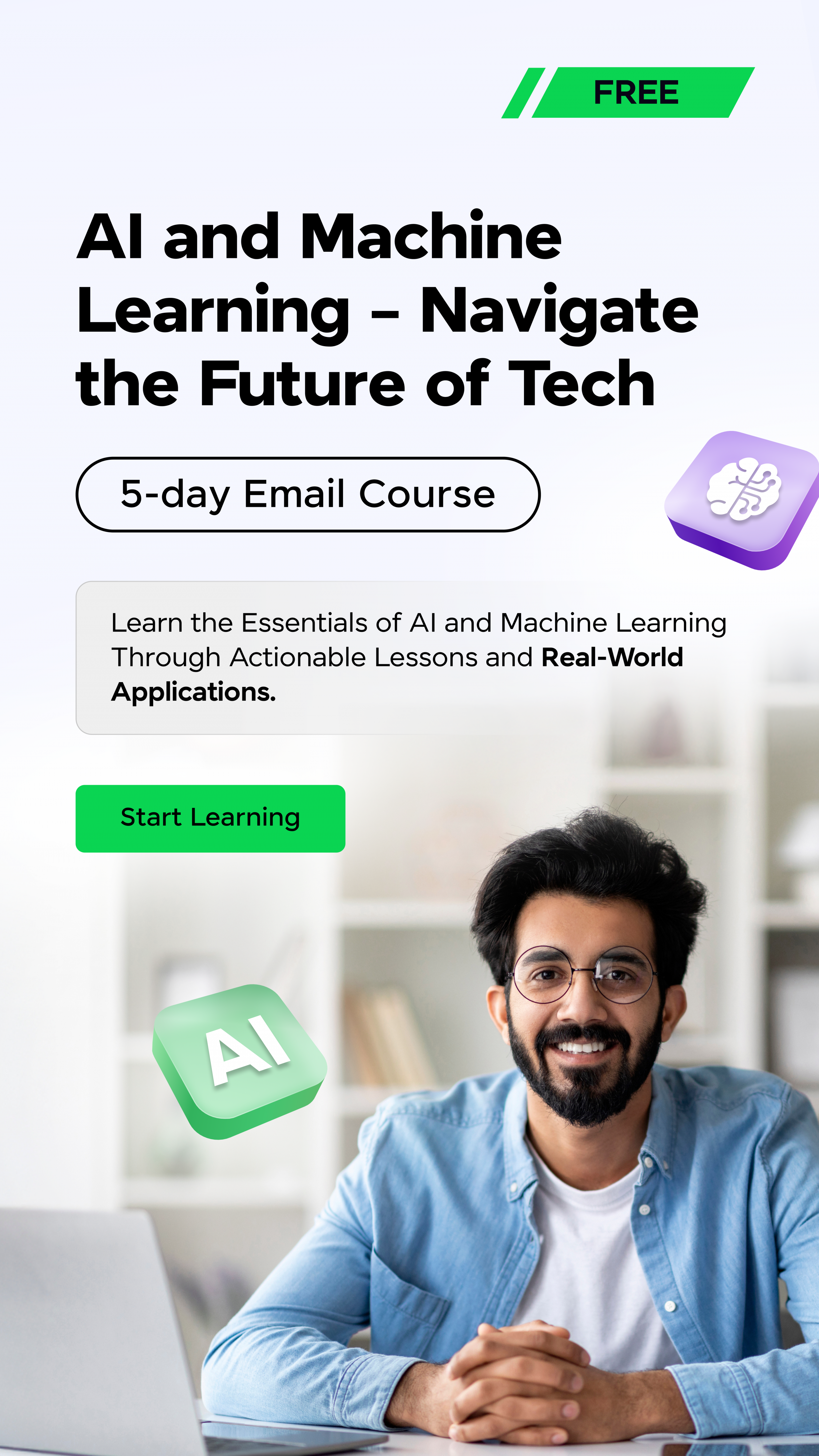
















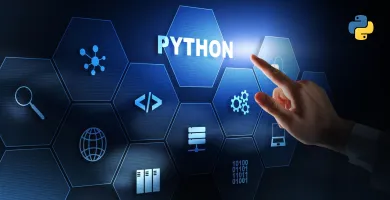




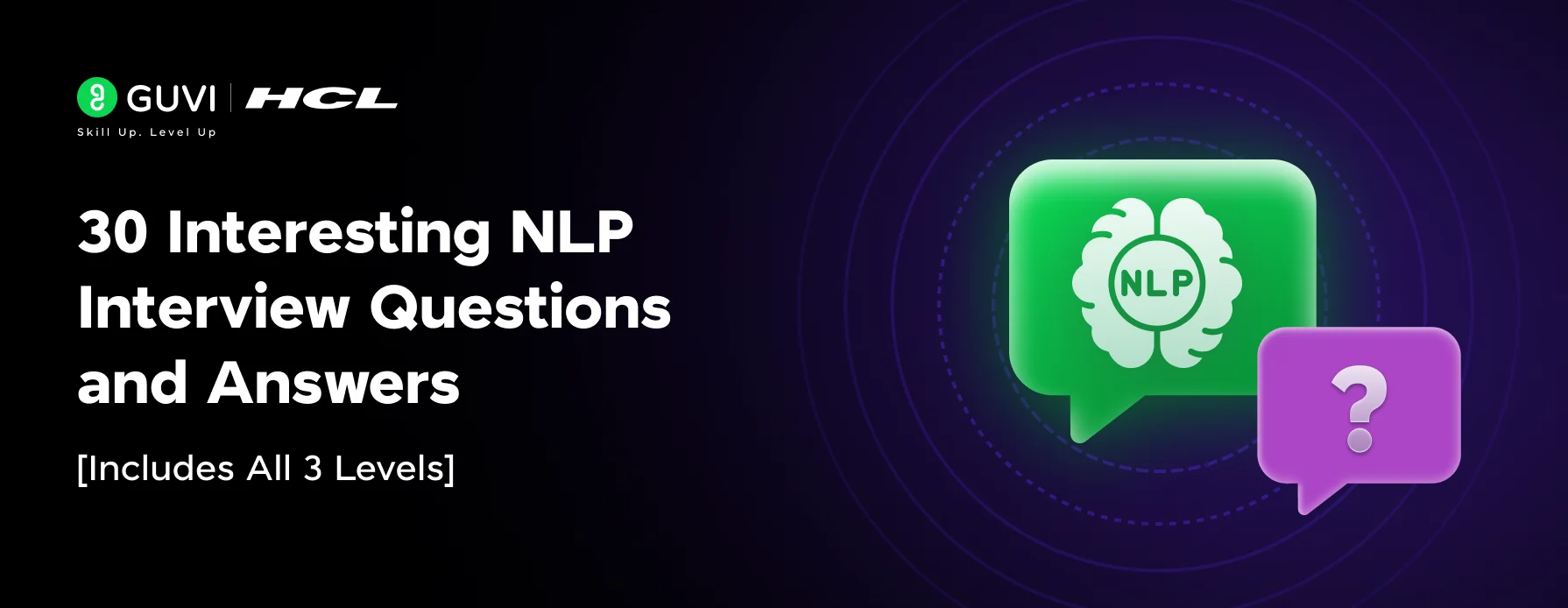
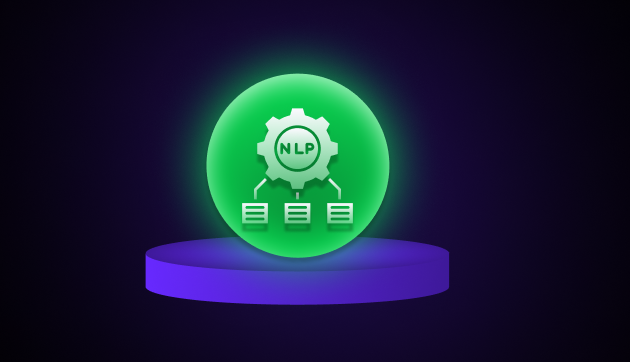
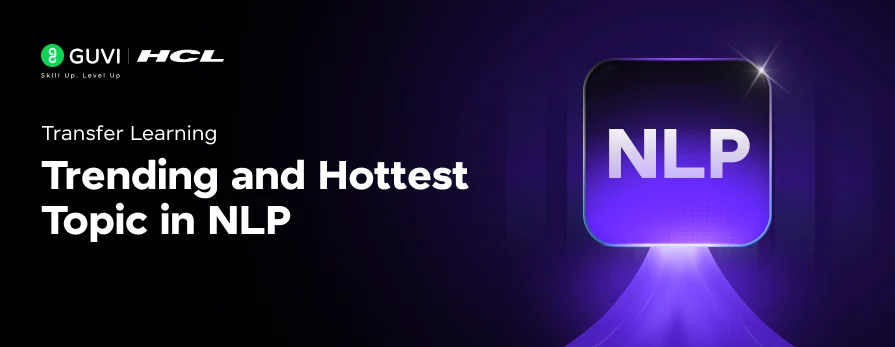
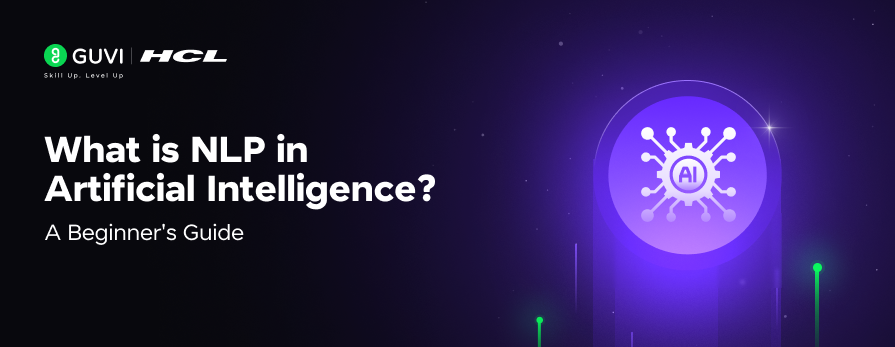





Did you enjoy this article?